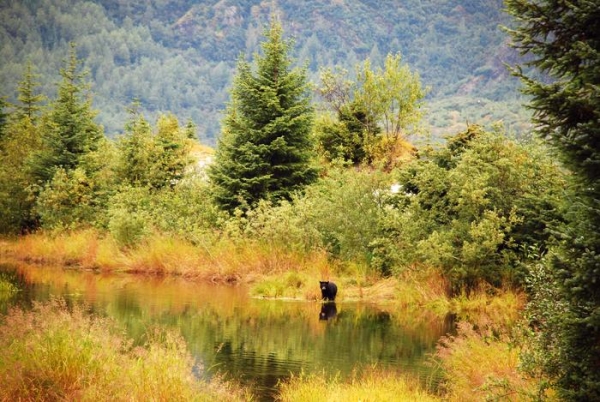Analyses of U.S. national forests led by Oregon State University scientists shows that increased protections for two Alaskan forests is a key to meeting climate and biodiversity goals.
Analyses of U.S. national forests led by Oregon State University scientists shows that increased protections for two Alaskan forests is a key to meeting climate and biodiversity goals.
In a paper published in AGU Advances, OSU College of Forestry researchers make the case that greater conservation efforts in the Tongass and Chugach national forests in southern Alaska are crucial because of their landscape integrity, high carbon stocks and wildlife habitat extent.
“More thoroughly safeguarding those forests from industrial development would contribute significantly to climate change mitigation and species adaptation in the face of the severe ecological disruption that’s expected to occur over the next few decades as the climate rapidly gets warmer,” said Oregon State’s Bev Law, who co-led the study.
At 16.7 million acres, the Tongass is America’s largest national forest. The Chugach is the second-largest at just under 7 million acres.
Read more at Oregon State University
Image: Tongass National Forest (Credit: Logan Berner)




